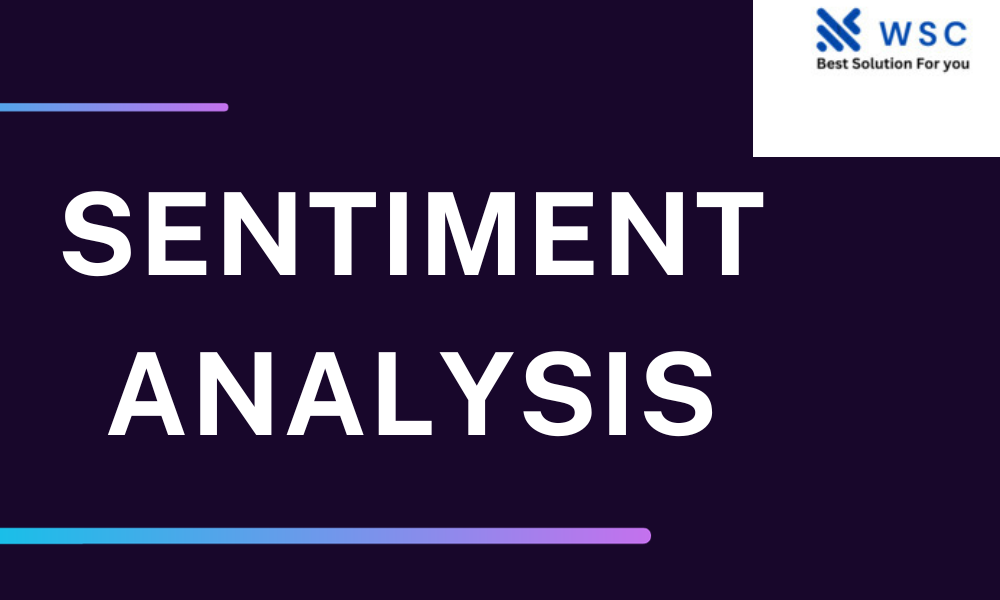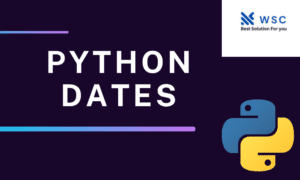In the ever-evolving digital landscape, understanding the sentiments and emotions expressed by users is crucial for businesses seeking to gain a competitive edge. Sentiment analysis, also known as opinion mining, is a powerful tool that empowers companies to decipher the mood and opinions of their audience. In this comprehensive guide, we delve into the world of sentiment analysis, exploring the tools and myriad applications that make it an indispensable asset in the modern business arsenal.
What is Sentiment Analysis?
Sentiment is the process of using natural language processing (NLP) and machine learning techniques to identify, extract, and quantify emotions and opinions from textual data. The primary goal is to determine whether a piece of text conveys positive, negative, or neutral sentiment. This process enables organizations to gain valuable insights into customer feedback, public perception, and market trends.
The Role of NLP in Sentiment Analysis
Natural language processing plays a pivotal role in sentiment analysis. NLP algorithms are designed to recognize the nuances of human language, making it possible to decipher complex emotions and opinions expressed in text. This technology allows businesses to automate the analysis of vast amounts of data, providing actionable insights that drive decision-making.
Tools for Sentiment Analysis
The success of sentiment hinges on the choice of tools and platforms. Let’s explore some of the most robust and reliable options available for conducting sentiment analysis effectively:
1. VADER (Valence Aware Dictionary and sEntiment Reasoner)
VADER is a lexicon and rule-based sentiment analysis tool that is widely recognized for its accuracy. It not only classifies text as positive, negative, or neutral but also provides a sentiment intensity score. This nuanced approach enables businesses to gauge the strength of emotions expressed in user-generated content.
2. IBM Watson Natural Language Understanding
IBM Watson’s NLP capabilities include sentiment analysis. It offers advanced features such as entity recognition and emotion analysis, making it a comprehensive solution for businesses seeking in-depth insights from text data.
3. Google Cloud Natural Language API
Google’s Natural Language API is a cloud-based tool that offers sentiment analysis with high accuracy. It can be seamlessly integrated into applications and workflows, making it a preferred choice for developers and enterprises.
4. TextBlob
TextBlob is a Python library that simplifies text processing tasks, including sentiment . It is user-friendly and ideal for those looking to perform basic sentiment analysis without diving into complex coding.
5. MonkeyLearn
MonkeyLearn is a versatile platform that empowers users to create custom sentiment analysis models. This flexibility is especially valuable for businesses with unique industry-specific language and terminology.
Practical Applications of Sentiment Analysis
The utility of sentiment analysis extends across various industries and use cases. Here are some notable applications:
1. Brand Reputation Management
Sentiment analysis helps companies monitor online conversations about their brand. By identifying negative sentiment early, businesses can take proactive steps to address customer concerns and protect their reputation.
2. Market Research
In the realm of market research, sentiment provides invaluable insights into consumer preferences and trends. Businesses can adapt their strategies based on real-time feedback and emerging sentiments in the market.
3. Customer Support
By analyzing customer support interactions, companies can gauge customer satisfaction levels and identify areas for improvement. This enables them to enhance the quality of their support services and build stronger customer relationships.
4. Social Media Monitoring
Social media platforms are a treasure trove of user-generated content. Sentiment analysis helps organizations keep a finger on the pulse of public opinion, allowing them to adjust their marketing strategies accordingly.
# Import the TextBlob library
from textblob import TextBlob
# Sample text for sentiment analysis
text = "Sentiment analysis is a powerful tool for businesses to understand customer opinions."
# Create a TextBlob object
blob = TextBlob(text)
# Get the sentiment polarity (-1 to 1, where -1 is negative, 1 is positive)
sentiment_polarity = blob.sentiment.polarity
# Determine the sentiment label based on polarity
if sentiment_polarity > 0:
sentiment_label = "Positive"
elif sentiment_polarity < 0:
sentiment_label = "Negative"
else:
sentiment_label = "Neutral"
# Print the sentiment analysis results
print(f"Text: {text}")
print(f"Sentiment Polarity: {sentiment_polarity}")
print(f"Sentiment Label: {sentiment_label}")
Harness the Power of Sentiment Analysis
In conclusion, sentiment analysis is a dynamic and indispensable tool in today’s data-driven business landscape. The ability to discern and quantify sentiment from textual data opens doors to enhanced decision-making, improved customer relations, and competitive advantage. With a plethora of robust tools available, businesses can harness the power of sentiment to gain deeper insights into their audience’s emotions and opinions.
Check our tools website Word count
Check our tools website check More tutorial




